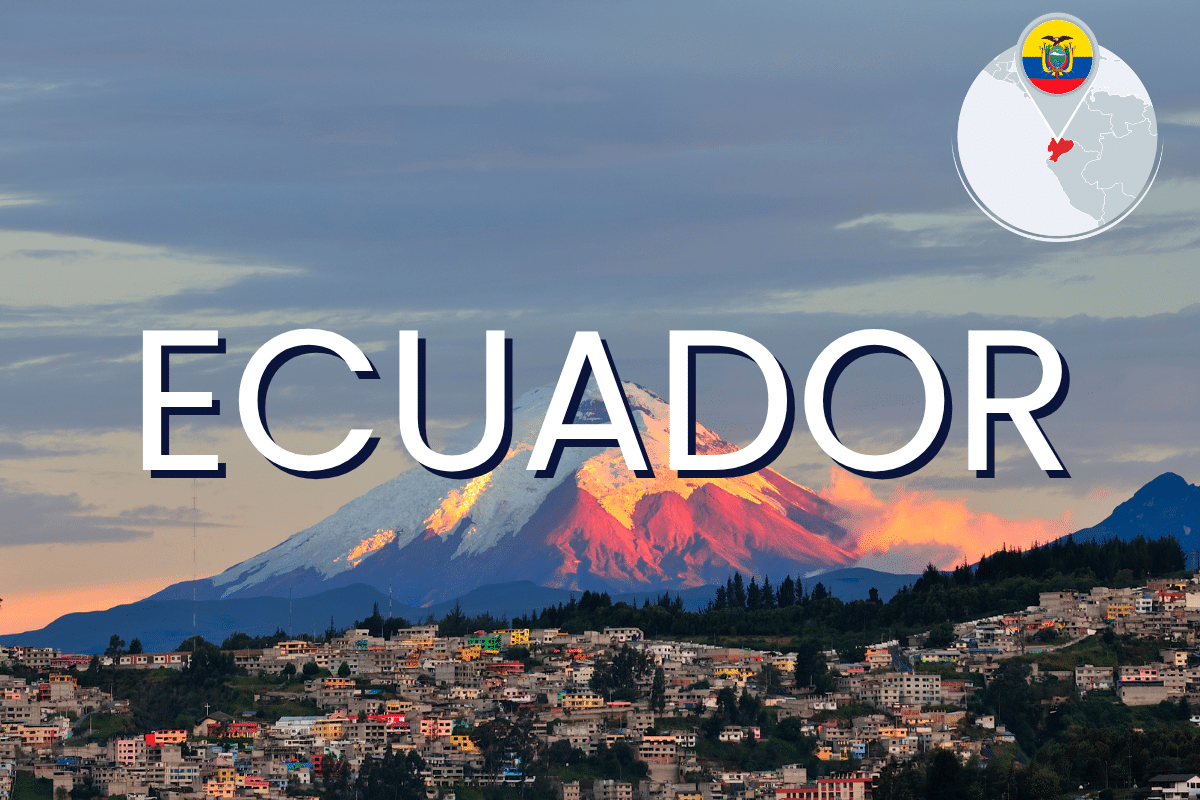
“Catalysts for Change: Voices from TAP-EDM Partnerships” Series
In Ecuador, short-term technical assistance through the TAP-EDM initiative, in collaboration with the Ministry of Government, strengthened dialogue with Indigenous Peoples and Nationalities. The initiative enhanced institutional capacity through training, workshops, and a roadmap for inclusive engagement, helping foster trust and reconciliation. In this series, project partners reflect on how tailored expertise is shaping more meaningful government–community dialogue. The TAP program is funded by the Government of Canada through Global Affairs Canada and implemented by Alinea International.
Background
In Ecuador, Indigenous Peoples represent about 7.7% of the population, making them the second largest group after Mestizos (77.5%). However, they continue to face serious challenges in fully exercising their civil, political, cultural, and territorial rights, and there are no specific government policies yet in place to prevent or mitigate the risk of their disappearance.
Over recent years, the Ecuadorian government has taken steps to strengthen dialogue with Indigenous Peoples and Nationalities, an effort that represented a shift toward dialogue and reconciliation. In 2022, it requested support from Canada to enhance its institutional capacity to build trust and foster meaningful communication with these communities.
In 2023, Ángel Medina participated in a transformative process to enhance institutional capacity for government–Indigenous dialogue under the TAP EDM program, funded by Global Affairs Canada. Co-implemented with Ecuador’s Ministry of Government, the initiative provided technical collaboration, training, and workshops for ministry staff and key stakeholders, and produced a roadmap to strengthen dialogue capacities based on good practices and experiences for building stronger relationships with Indigenous Peoples and nationalities of Ecuador.
Ángel Medina‘s Story
“It was a very beautiful experience and a very interesting job. I was motivated to know that there are institutions that support what we aspire to as a country and as Indigenous Peoples: dialogue and governance.”
For Ángel Medina, an Ecuadorian Indigenous leader and national expert, the initiative was more than a technical exercise: it was a source of renewed hope. From the outset, he felt there was space to contribute not only through his professional expertise but also through his identity as an Indigenous person, and both dimensions were valued. His contribution unfolded along these two lines: the technical, drawing on his experience working with communities and government institutions; and the human, marked by empathy and enthusiasm.
“The institution [the Ministry] created a very interesting environment, which led me to truly enjoy what I do,” he recalls.
Working alongside two Canadian experts, Ángel supported training and technical assistance activities with the Ministry. For him, the project’s purpose was clear:
“What the project seeks is to create an encounter between Indigenous Peoples and the Government. That is basically what we all want: a meeting whose results will enable governance and the strengthening of democracy”.
This encounter, he explains, sparked a sense of possibility. Some officials, for the first time, began to understand the Indigenous cosmovision and the reasons behind their struggles.
“My hope is that there will be changes in how the ministry representatives understand cultural diversity, because we work with them, we work for the Government through them,” he reflects.
Ángel also recognizes the challenge of bridging worlds. For urban-born officials, accustomed to office routines, Indigenous realities can be difficult to grasp. Yet the project opened a path for dialogue:
“Talking about the cosmovision of Indigenous Peoples is not simple… so creating that encounter through the work we did seems very productive to me.”
Despite obstacles such as frequent staff turnover, Ángel’s enthusiasm remains strong. What drives him now is the conviction that younger officials can carry this work forward:
“They are the ones who need to learn in order to build mechanisms for dialogue, for understanding, and to achieve governance, which is ultimately what governments want.”
Conclusion
Ángel’s experience was not only a technical contribution but also a source of renewed hope that reinforced his motivation and opened new pathways for collaboration. His story shows how government-supported institutional strengthening processes, such as the one implemented by the TAP-EDM project, can create real spaces for Indigenous expertise and identity to be valued while building bridges between the State and Indigenous Peoples. In Ángel’s, words:
“hopefully more bridges can be built toward that encounter between Indigenous understanding and the Government.”
